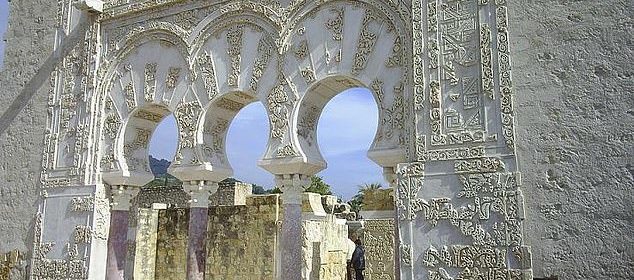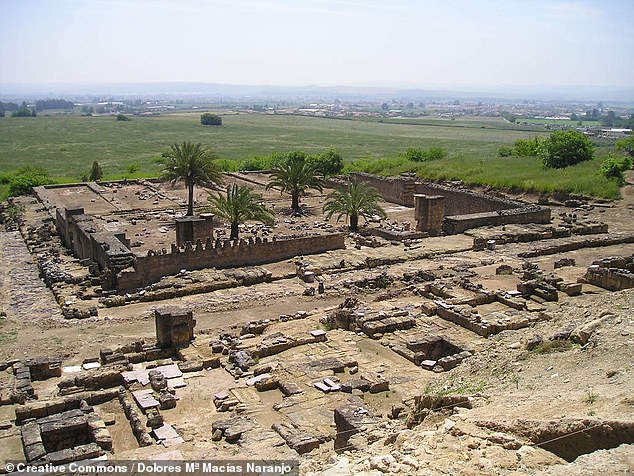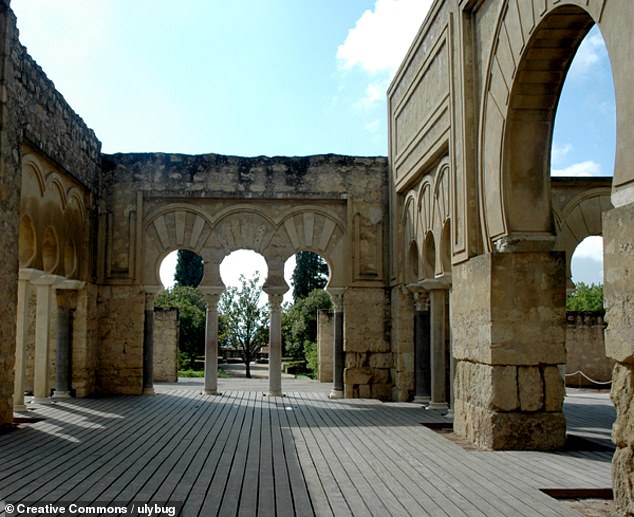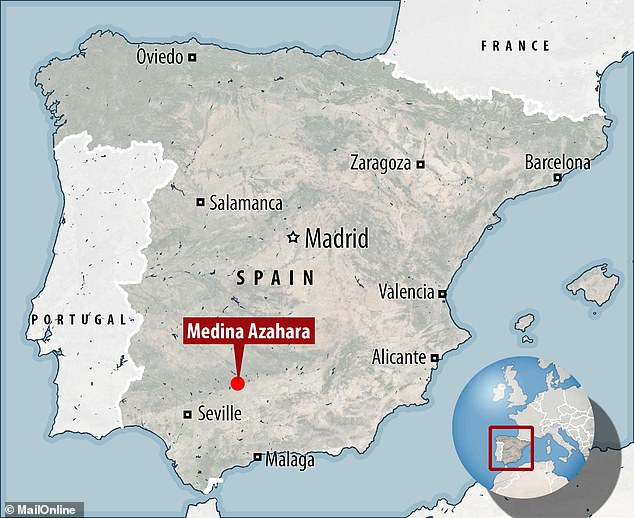Ancient Gateway to Quicksilver Palace Discovered In Spain

Ancient Gateway to Quicksilver Palace Discovered In Spain
The fabulous Islamic palace-city Medina Azahara lost gate of the 10th century, which was destroyed by fire in 1010 during a civil war, has been uncovered in southern Spain.
The palace— whose name means’ the shining city’ — was built by Abd-al-Rahman III, the first Caliph of Córdoba, beginning around 936–940 AD as a symbol of power.
For some seventy years Medina Azahara thrived before being sacked and burned by Berber rebels in an uprising that finally saw the dissolution of the caliphate.
In the following centuries, the ruins of the town were plundered for the build of other construction as far away as Marrakech.
The site was first excavated in the 1910s with effort to date having only uncovered just 10% of the vast complex–intimidate by construction.
Researchers hope that the discovery of the gate will add to their understanding of the workings of the palace — in particular the parade ground that it opened on to.


Medina Azahara lies around four miles west of Córdoba in the foothills of the Sierra Morena, where it would have dominated the views from the surrounding plains.
‘The east gate stood on a porch that collapsed with the fire that destroyed the city,” said archaeologist Alberto Canto of the The Autonomous University of Madrid, who led the excavation.
‘Everything collapsed and so we found buried the remains of its tiles, wood, nails, beams, hinges and ornaments,’ he added.
Alongside the gate’s debris, the archaeological team also discovered charcoal believed to have come from the fire that destroyed the gateway.
The lost gate is believed to be the entrance to the palace’s spacious parade ground — which was the size of two football pitches — where the caliph’s guard assembled.
Believed to have one stood at around two storeys high, the lost gate was built in a style similar to the doors of the Mosque–Cathedral of Córdoba, in Andalusia.
It is thought that the entryway would have been embedded in a plastered portico decorated with blue plant motifs



The Medina Azahara complex spanned around 250 acres of land, and is believed to have taken some 10,000 workers to build across its history.
Alongside the parade ground, the city featured administrative and governmental offices, barracks, baths, three gardens, a mint, mosques, reception halls, residences, schools, stables and workshops.
The heart of Medina Azahara was the reception hall, referred to as the ‘Salón Rico’, or ‘Rich Hall.
Historians believe that at the centre of the hall lay a pool filled with mercury that, when disturbed on cue by a servant, shone the sun’s reflected rays flashing across the walls and ceiling in a display like lightning — one that was used by the caliph to entertain his guests.
Water was supplied to the city by tapping into the remains of a 1st century Roman aqueduct — part of which was also repurposed as a sewer system.
Medina Azahara was modelled after the old Umayyad palace in Damascus, a move intended to serve as a symbol of the connection between the caliph and his ancestors.

Medina Azahara lies around four miles west of Córdoba in the foothills of the Sierra Morena, southern Spain, where it would have dominated the views from the surrounding plains
Between the palace-city’s first construction and Abd-al-Rahman III’s death in 961, the ruler is said to have spend a third of his caliphate’s annual revenue on developing the magnificent complex.
The caliphate of Córdoba covered much of the Iberian peninsula — and a breakaway from territories of the Umayyad dynasty, one of the world’s largest empires that spanned some 4.3 million square miles at its height and was centred on Damascus.
Medina Azahara has been a UNESCO World Heritage site since 2018, with the United Nations describing the caliphate city as a exemplar ‘of the now vanished Western Islamic civilisation of al-Andalus at the height of its splendour.’
